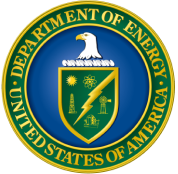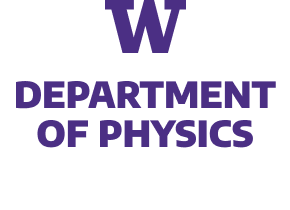We present results from co-designed quantum simulations of the neutrinoless double-beta decay of a two-hadron nucleus in 1+1D quantum chromodynamics using IonQ’s Forte-generation trapped-ion quantum computers. Two flavors of dynamical quarks and leptons are distributed across two lattice sites and mapped to 32 qubits. An effective four-Fermi contact interaction is used to implement charged-current weak interactions between quarks and leptons, and lepton-number violation is induced by a neutrino Majorana mass. Statistically-significant signals for the neutrinoless decay of a two-hadron nucleus are measured during time evolution with a non-zero Majorana mass, making this the first quantum simulation to observe lepton-number violation in real time. This was made possible by co-designing the state preparation and time evolution quantum circuits to maximally utilize the all-to-all connectivity and native gate-set available on IonQ’s quantum computers. Quantum circuit compilation techniques and symmetry-aware error-mitigation methods, tailored to neutrinoless decays, allow accurate results to be extracted from quantum circuits with up to 470 two-qubit gates using Forte Enterprise. We present first benchmarks toward the real-time simulation of neutrinoless double-beta decay, and discuss the potential of future quantum simulations to provide yocto-second resolution of the reaction pathway for nuclear processes.
We would like to thank Saurabh Kadam for helpful discussions. This work was supported, in part, by U.S. Department of Energy, Office of Science, Office of Nuclear Physics, InQubator for Quantum Simulation (IQuS) under Award Number DOE (NP) Award DE-SC0020970 via the program on Quantum Horizons: QIS Research and Innovation for Nuclear Science (MJS, IC, RCF), and by the Quantum Science Center (QSC) which is a National Quantum Information Science Research Center of the U.S. Department of Energy (MI, IC). This work is also supported, in part, through the Department of Physics and the College of Arts and Sciences at the University of Washington. RCF acknowledges support from the U.S. Department of Energy QuantISED program through the theory consortium “Intersections of QIS and Theoretical Particle Physics” at Fermilab, from the U.S. Department of Energy, Office of Science, Accelerated Research in Quantum Computing, Quantum Utility through Advanced Computational Quantum Algorithms (QUACQ), and from the Institute for Quantum Information and Matter, an NSF Physics Frontiers Center (PHY-2317110). RCF additionally acknowledges support from a Burke Institute prize fellowship. This research used resources of the National Energy Research Scientific Computing Center (NERSC), a Department of Energy Office of Science User Facility using NERSC award NP-ERCAP0032083. AM, FT, MALR, AA, YDS, AB, CG, AK and MR are employees and equity holders of IonQ, Inc.


